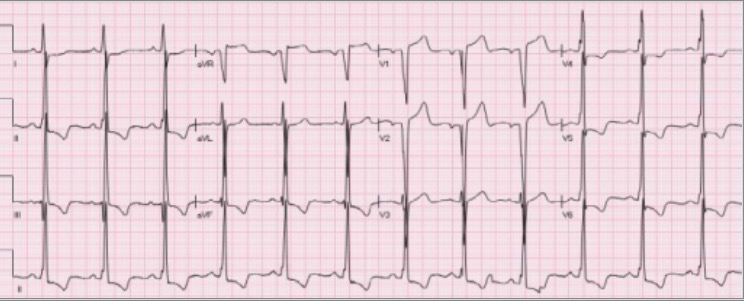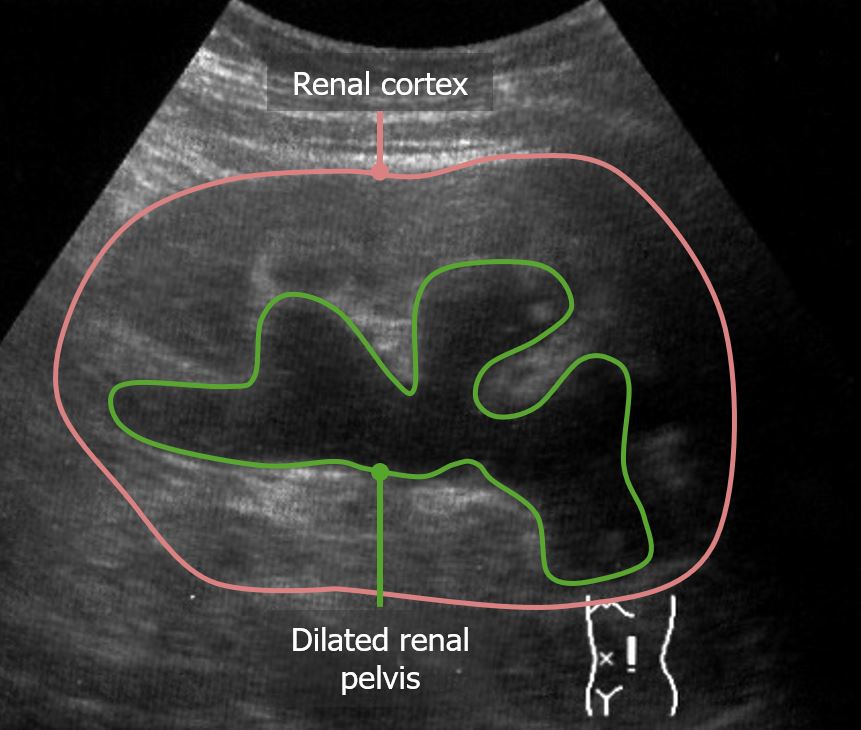Playlist
Show Playlist
Hide Playlist
Hypertension: Common Diseases that Predispose to CKD
-
Slides Nephrology Chronic Kidney Disease.pdf
-
Reference List Nephrology.pdf
-
Download Lecture Overview
00:01 Okay, so when we think about kind of the pathology or the pathogenesis of hypertensive vasculopathy, it's really involves all parts of the kidney. 00:10 We have elements from tubulointerstitial fibrosis. 00:13 We have significant vascular disease where we have intimal thickening from chronic high blood pressure that sustained over time, and we have glomerular changes, we have these little ischemic glomeruli from not getting enough blood due to the hypertension over time. 00:26 So you see all of this together that manifests as hypertensive nephrosclerosis. 00:32 So what's very interesting, remember our example had an African-American gentleman, patients who are of African descent have a much higher risk of progressive CKD and ESRD despite adequate blood pressure control. 00:46 And the thought is that there's an association with these genetic polymorphisms. 00:50 So it's very interesting on chromosome 22 codes for a protein apolipoprotein L1 or APOL1 gene. 00:58 Again that codes for the my know a protein component of the HDL cholesterol. 01:04 Now it's interesting because APOL1 when intracellular actually has the ability to kill trympanasomes, which is also the cause of African sleeping sickness. 01:15 So when you get these allelic variants particularly if somebody's heterozygote, it probably confers a selective biological advantage. 01:22 They can have resistance against trympanasoma brucel modesiense which again causes African sleeping sickness, but when their inherited in a recessive fashion that can really lead hypertensive CKD and increase the progression of end-stage renal disease. 01:40 So some of the clinical manifestations of hypertension to really be aware of when patients develop this disease, they have to have hypertension over the long term. 01:48 It can't be one or two years of diagnosis typical typically patients have been hypertensive for a long period of time. 01:54 They may have retinopathy. 01:56 So what shown here are some cotton wool spots for anybody an ophthalmologist, It's nice to look and do a good fundoscopic exam and be able to see these areas of retinal ischemia. 02:06 Again, these are vascular changes that we can see due to those high arterial pressures that have been sustained overtime. 02:12 We can have issues with our heart. 02:13 So patients can have left ventricular hypertrophy that we can see on EKG or echocardiogram. 02:19 And of course in the kidney patients oftentimes will manifest not only with chronic kidney disease but a little bit of proteinuria again because of that multifactorial mechanisms that's going on pathologically oftentimes It's less than 1 gram per day.
About the Lecture
The lecture Hypertension: Common Diseases that Predispose to CKD by Amy Sussman, MD is from the course Chronic Kidney Disease (CKD).
Included Quiz Questions
Which of the following statements is true regarding hypertensive nephropathy?
- The intimal thickening of renal arteries aggravates the progression of nephropathy.
- It is typically associated with nephrotic-range proteinuria.
- White populations are at higher risk of developing hypertensive nephropathy.
- Hypertensive nephropathy is a rare cause of end-stage renal disease.
- It might be genetically associated with a gene that controls blood glucose levels.
Customer reviews
5,0 of 5 stars
| 5 Stars |
|
5 |
| 4 Stars |
|
0 |
| 3 Stars |
|
0 |
| 2 Stars |
|
0 |
| 1 Star |
|
0 |





